
Cake Cost Savings Calculator
Calculate Your Cake Savings
Find out how much you can save by using cake display props instead of all-edible cakes for your event.
Your Estimated Savings
Enter your event details to see how much you can save.
Ever seen a wedding cake that looked huge, elaborate, and totally unreal - but only the bottom layer was real? Or walked into a bakery display where the cake on top looked like it weighed a hundred pounds, but the bottom was just a plain box? That’s not a trick. It’s common practice. And those fake layers? They have real names.
Fake cakes aren’t just for show. They’re practical, cost-effective, and sometimes the only way to get the look you want without the mess, the cost, or the logistics of a 50-pound edible cake. But if you’ve ever asked, what are fake cakes called? You’re not alone. Most people just call them ‘fake,’ but the industry has specific terms for them.
What Are Fake Cakes Actually Called?
In the cake decorating world, fake cakes go by a few different names depending on their use and construction:
- Cake dummy - The most common term used by professional cake decorators. These are made from foam, plastic, or carved styrofoam and covered in fondant or buttercream to look real.
- Cake display prop - Used in bakeries and retail settings to showcase designs without the risk of spoilage or damage.
- Fake wedding cake - A term often used by couples planning weddings who want the visual impact of a multi-tiered cake without the cost of feeding 200 people.
- Decorative cake stand - Sometimes the whole structure is called this, especially if it’s just a single tier on a stand with no edible parts at all.
Professionals rarely say ‘fake cake’ in front of clients. It sounds cheap. Instead, they say ‘display cake’ or ‘dummy tier.’ It’s all about perception.
Why Do People Use Fake Cakes?
There are five solid reasons why fake cakes are everywhere - especially at weddings and in bakery windows.
- Cost savings - A real 4-tier wedding cake for 150 guests can cost $1,200 or more. A dummy tier costs $50-$100. Many couples keep the bottom tier real (enough for 50 people) and use dummies for the rest. That cuts the price in half.
- Structural stability - Tall cakes are risky. The lower tiers bear the weight of the ones above. Foam dummies are lightweight and don’t collapse. Real cakes can sink, slide, or crack under their own weight.
- Longevity - A real cake can’t sit out for 8 hours in a hot room. A foam dummy? It lasts for days, weeks, even years. That’s why bakeries use them in displays.
- Design freedom - You can make impossible shapes - giant roses, intricate lace patterns, gold leaf accents - that would be too fragile or time-consuming to do in edible form.
- Reuse - A well-made cake dummy can be used for multiple events. One decorator in Auckland told me she’s reused the same 3-tier dummy for 12 weddings over five years.
How Are Fake Cakes Made?
They’re not just blocks of foam slapped with icing. Making a convincing cake dummy takes skill.
Here’s how it’s done:
- Core material - Most dummies are made from high-density polystyrene foam (EPS) or polyurethane. These are lightweight, easy to carve, and hold fondant well. Some use plastic or even cardboard for simple displays.
- Shaping - The foam is cut into the right shape using a hot wire cutter or knife. For tiered cakes, each layer is sized to fit perfectly on top of the one below.
- Smoothing - The surface is sanded and sealed with a special primer or PVA glue mixed with water. This stops the foam from crumbling when covered.
- Covering - Fondant is rolled out and draped over the dummy like a real cake. Buttercream can be piped on top for texture. Edible glitter, lace molds, and airbrushing make it look real.
- Assembly - Dowels or plastic supports are inserted through the center to hold the tiers together. The whole thing is placed on a cake board or stand.
Some decorators even add real elements - like edible flowers, sugar pearls, or a single real cake slice on top - to make it feel more authentic.
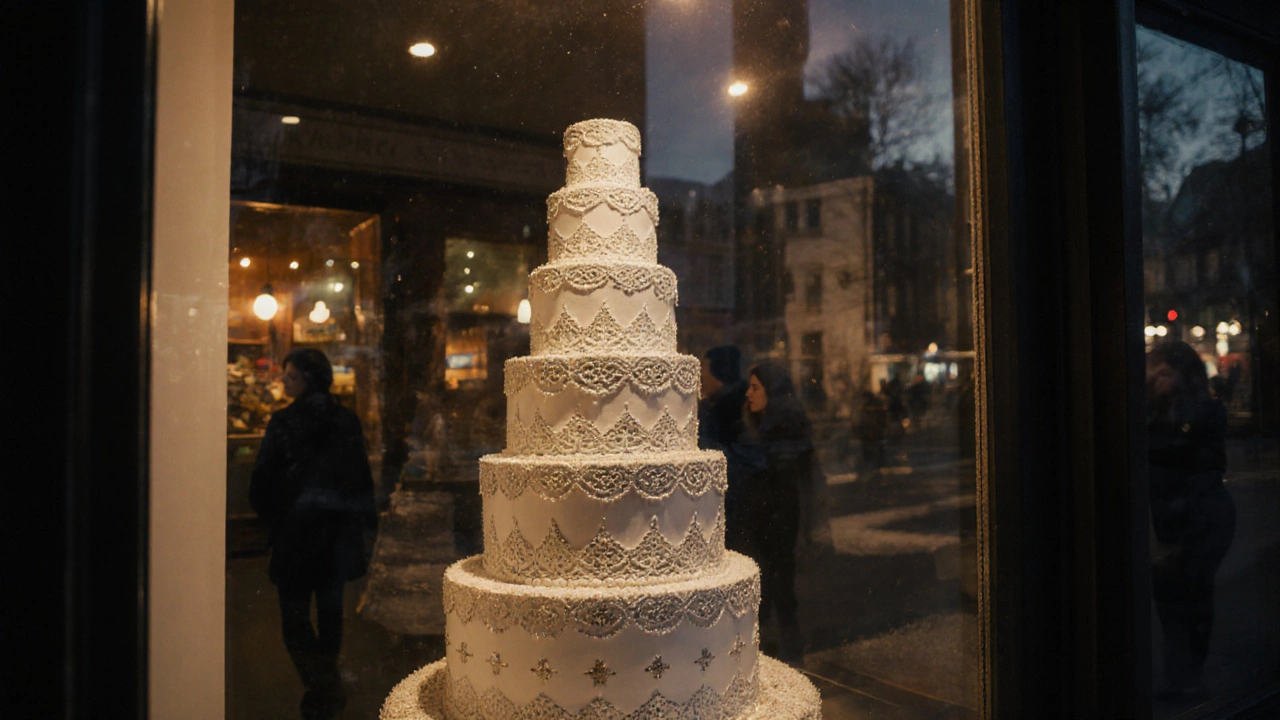
Where Do You See Fake Cakes?
You’ve probably seen them without realizing it:
- Wedding venues - Most high-end hotels and barn venues use dummies. They don’t want a cake melting on their white linens.
- Bakery displays - The giant, perfect cake in the window? Nine times out of ten, it’s not for sale. It’s there to inspire.
- Photography studios - Cake photographers use dummies because they can control lighting, angles, and props without worrying about melting or crumbling.
- TV and film - In movies, fake cakes are used so they can be smashed, dropped, or set on fire without wasting food.
- Event rentals - Some companies rent out dummy cakes as part of a table setting. You bring your own real cake for cutting, and the dummy sits as decoration.
Can You Buy Fake Cakes?
Yes - and you don’t need to be a professional to get them.
Online retailers like Amazon, Etsy, and specialty cake supply stores sell cake dummies in all sizes. You can buy:
- Single-tier dummies (6”, 8”, 10”)
- Pre-assembled 2- or 3-tier sets
- Custom shapes (heart, round, square, hexagon)
- Reusable plastic versions with removable fondant covers
Prices range from $20 for a single 6-inch dummy to $200 for a full 5-tier set. Many come with dowels and a base plate. Some even include a tutorial on how to cover them.
If you’re planning a wedding or event and want to use dummies, talk to your cake decorator. Most will include them in their quote. If they don’t mention it, ask. It’s not a secret - it’s standard practice.
Myths About Fake Cakes
There’s a lot of misinformation out there. Here are the biggest myths - and the truth.
- Myth: Fake cakes are tacky.
Truth: When done well, no one can tell the difference. Many guests assume the whole cake is real - and that’s the point. - Myth: Only cheap weddings use dummies.
Truth: Luxury weddings use them more. It’s about control, elegance, and budgeting wisely. - Myth: You can’t cut a fake cake.
Truth: You don’t cut it. The real cake is usually hidden underneath or served separately. The dummy is just for looks. - Myth: Fake cakes are unsafe.
Truth: Food-safe, non-toxic materials are used. They’re not meant to be eaten - but they’re safe to be near food.
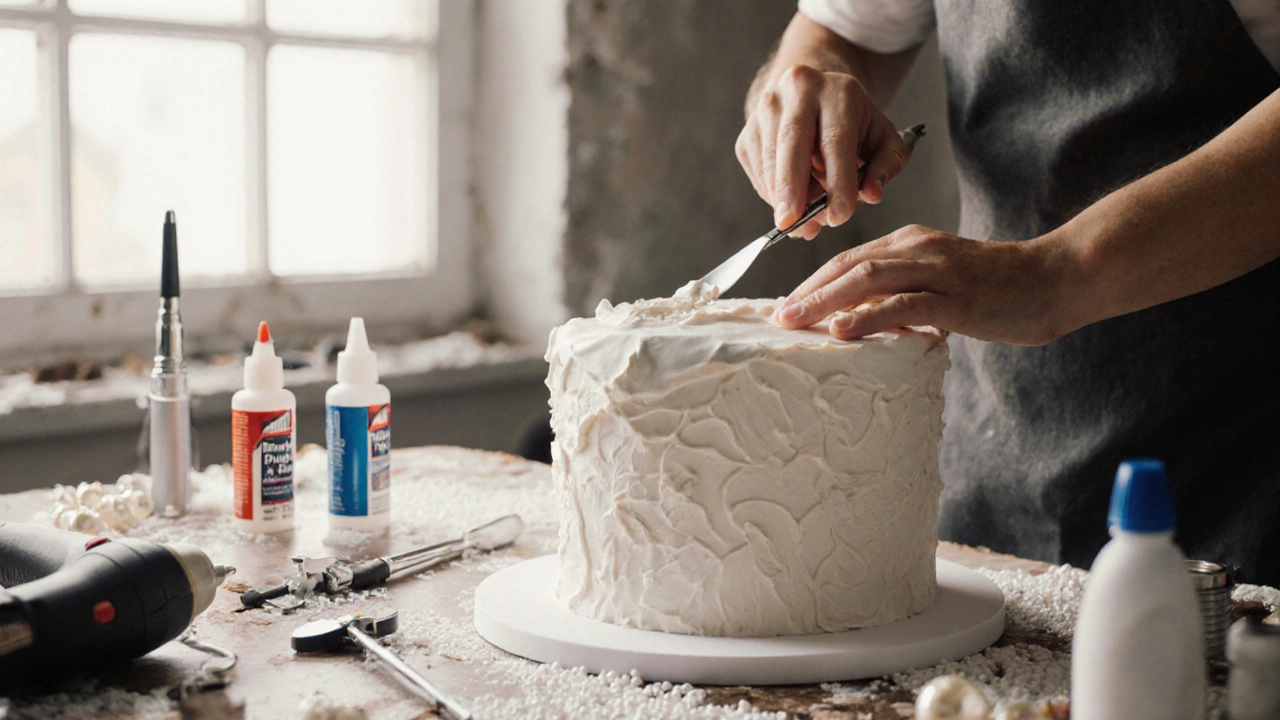
How to Spot a Fake Cake
If you’re curious, here are five signs a cake might be fake:
- Too perfect - Real cakes have tiny cracks, uneven frosting, or sugar granules. Fake ones look like they were molded in a factory.
- No crumbs - Real cake cutting leaves crumbs on the plate. Fake cakes don’t.
- Weight - Lift the cake gently. A real 4-tier cake feels heavy. A dummy feels light - almost like a box.
- No smell - Real cake smells like butter, vanilla, or chocolate. Dummies smell like nothing.
- Stands out - If the cake is in a room with no other desserts, and it’s massive, it’s probably a prop.
Most people never notice. And that’s how it’s supposed to be.
When Should You Use a Fake Cake?
Here’s when it makes sense:
- Your guest count is under 100, but you want a 5-tier cake for photos.
- You’re having an outdoor wedding in summer and don’t want a melting disaster.
- You’re on a tight budget but still want a show-stopping centerpiece.
- You’re a bakery owner and need a display cake that lasts.
- You’re doing a photoshoot and need a cake that won’t change over 6 hours.
Don’t feel guilty. It’s not cheating. It’s smart planning.
What Happens to Fake Cakes After the Event?
Most get stored and reused. Some decorators keep a stock of dummies in their studios. Others sell them secondhand on Facebook Marketplace or Etsy. I’ve seen one for $75 - still in perfect condition after three weddings.
And if you’re done with yours? Don’t throw it out. Repurpose it. Use it as a plant stand. Turn it into a bookshelf. Paint it and use it as a sculpture. Fake cakes are surprisingly durable.
Are fake cakes edible?
No, fake cakes are not edible. They’re made from foam, plastic, or styrofoam covered in fondant or buttercream. While the outer layer may be made of food-safe materials, the core is not meant to be eaten. Never consume a cake dummy - it’s a decoration, not food.
Can you make fake cakes at home?
Yes, you can make fake cakes at home with basic supplies: polystyrene foam blocks, fondant, edible glue, and a knife. Many tutorials on YouTube show how to carve, smooth, and cover them. It’s a great way to practice decorating without wasting ingredients. Just be careful with sharp tools and work in a well-ventilated area.
Do professional bakers use fake cakes?
Yes, most professional cake decorators use fake cakes for large events, especially weddings. It’s standard industry practice. Many bakeries list ‘display tiers’ or ‘dummy tiers’ in their pricing. It’s not a sign of cutting corners - it’s a sign of experience.
How much do fake cakes cost?
A single 6-inch cake dummy costs $15-$30. A full 3-tier set ranges from $80 to $200, depending on quality and customization. If you hire a decorator to cover them, expect to pay $50-$150 extra for the fondant work. Compare that to $800+ for a full real cake - it’s a major saving.
Are fake cakes safe for weddings?
Yes, as long as they’re used properly. The fake tiers should never be served. The real cake is always kept separate - usually a small bottom tier or a separate serving cake. As long as the dummy is placed on a clean base and not in direct contact with food, it’s completely safe.
If you’re planning an event and want a stunning cake without the cost or risk, fake cakes aren’t a compromise - they’re a solution. They let you have your cake and look at it too.

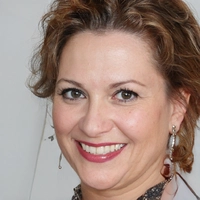
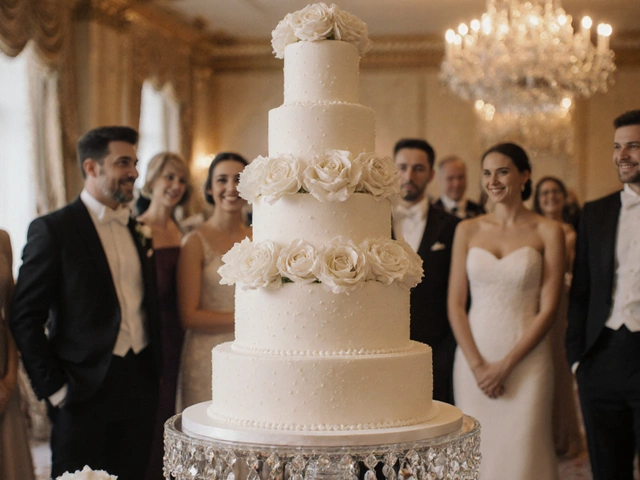
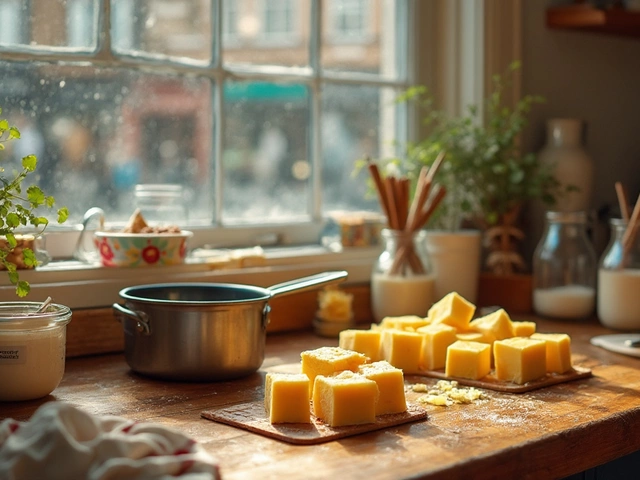
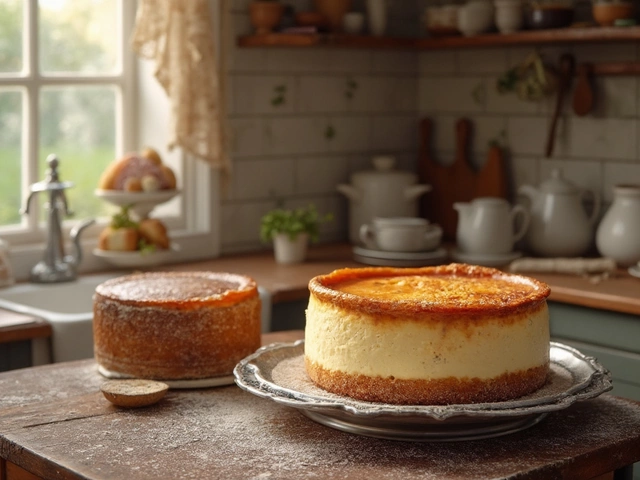

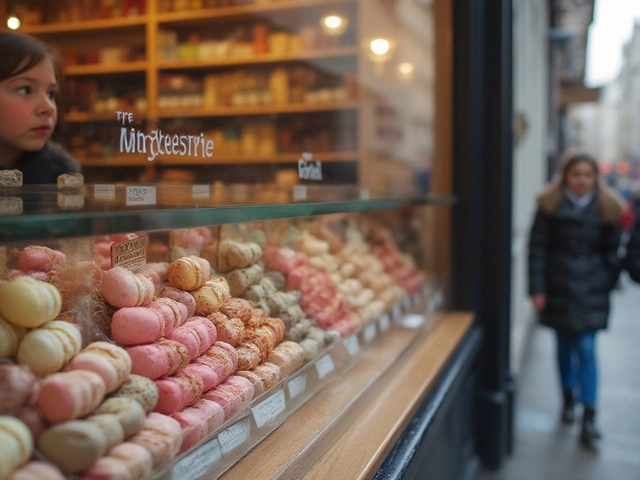

Write a comment